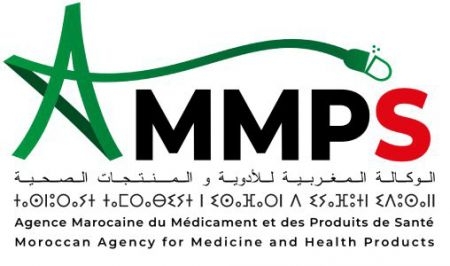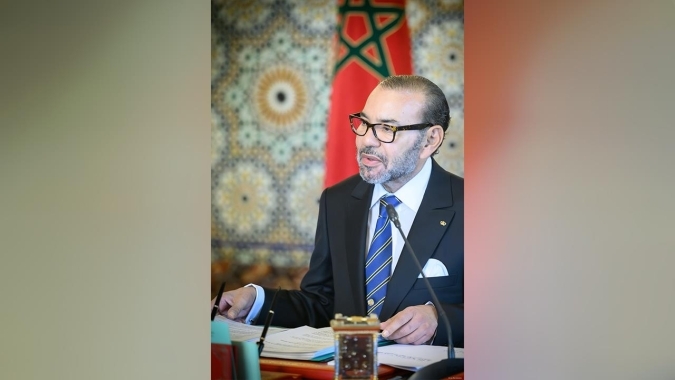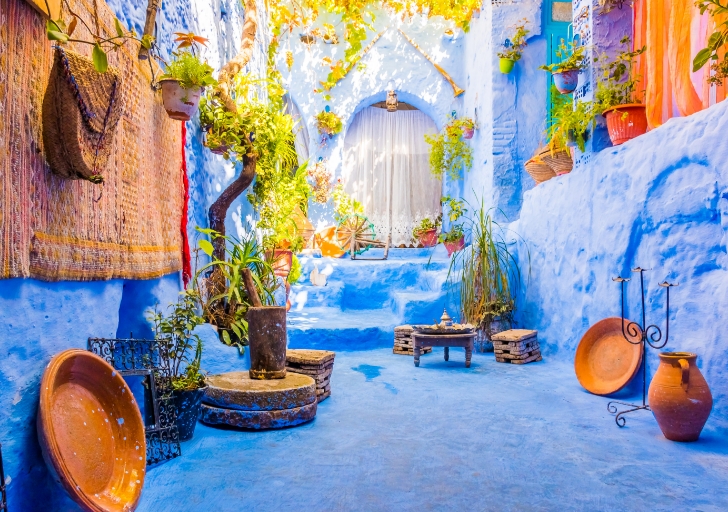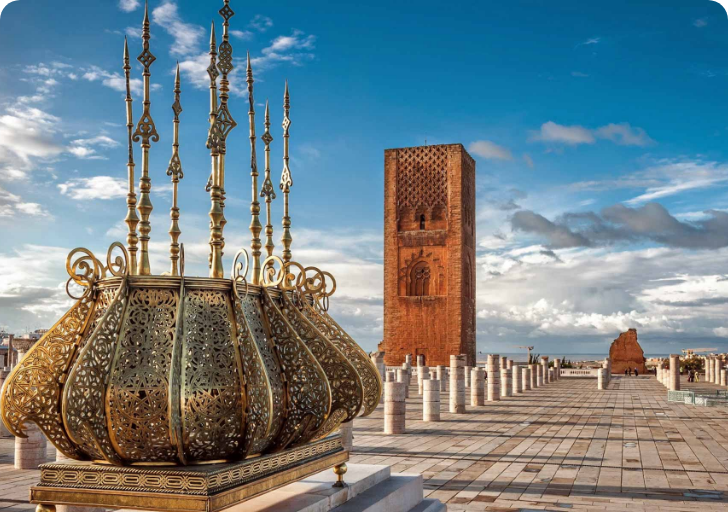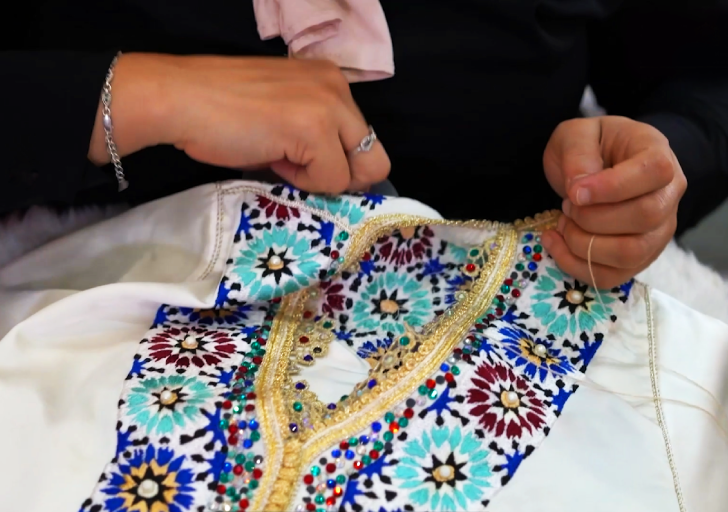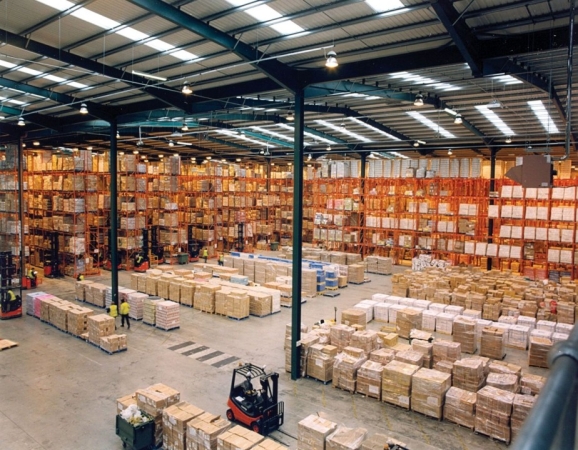
By Order of His Majesty the King, the twelve regions of the Kingdom will be provided with a large platform of essential reserves. Platforms of essential reserves, infrastructure designed according to international best practices in crisis management, will enable rapid, coordinated, and safe responses during emergency situations. By incorporating this initiative into a long-term national vision, His Majesty the King, may God assist Him, provides Morocco with a strategic tool for territorial resilience and response.
The regional platforms of essential reserves, mainly the one in the Rabat-Salé-Kénitra region, whose construction was launched on Wednesday by His Majesty the King in the Commune of Ameur (Salé Prefecture), are designed to enable the swift deployment of disaster relief.
These platforms, whose implementation was ordered by the Sovereign in the wake of the Al Haouz earthquake, will help promote the national emergency infrastructure, improve the overall disaster response system, ensure faster delivery of relief and assistance to affected populations, and bolster Morocco’s resilience to various types of disasters (earthquakes, landslides, floods, and chemical, industrial, or radiological risks).
There will be 12 regional platforms in total, with their sites selected according to safety criteria, and designed on the basis of an in-depth analysis of each Moroccan region’s needs in terms of the risks involved, backed by a study of best practices and international standards. These platforms involve a total cost of around MAD 7 billion, including MAD 2 billion for construction and MAD 5 billion for the purchase of products and equipment.
The twelve regional platforms will cover a combined area of approximately 240 ha and will house a total of 36 warehouses, distributed according to each region’s population density and risks involved.
For the six regions of Casablanca-Settat, Rabat-Salé-Kenitra, Marrakech-Safi, Fez-Meknes, Tanger-Tetouan-Al Hoceima and Souss-Massa, the platforms will comprise four warehouses, each with a total surface area of 20,000 m². Platforms in the other six regions — Eastern region, Beni Mellal-Khenifra, Draa-Tafilalet, Guelmim-Oued Noun, Laayoune-Sakia El Hamra and Dakhla-Oued Ed Dahab — will include two warehouses, each with a total surface area of 10,000 m².
The products and equipment to be stored in these areas are designed to ensure, in the event of a disaster, a rapid response to aid affected populations, as well as a prompt and reasonable coverage of needs in terms of rescue, aid and care, in line with the proactive Vision of His Majesty the King, may God assist Him.
On this basis, these products and equipment, designed for immediate deployment in the aftermath of a natural disaster, cover shelter and catering, drinking water and electricity supplies, and health care for the affected populations.
This mainly involves building up stocks of flood control equipment, as well as equipment for rescue in case of earthquakes, landslides and mudslides, in addition to equipment to combat chemical, industrial or radiological hazards.
These platforms will be managed by the Directorate General of Civil Protection, under the management and supervision of Walis in the regions.
The storage of food and medicines will, in turn, be overseen by specialized teams and be subject to extremely strict rules in line with the relevant standards.
Deployment of supplies and equipment stored in these regional platforms will be supervised by a unified, digital management system. These supplies are designed to ensure that initial response operations reach disaster sites within an average timeframe of six hours from the onset of rescue operations.
MAP: 07 mai 2025
